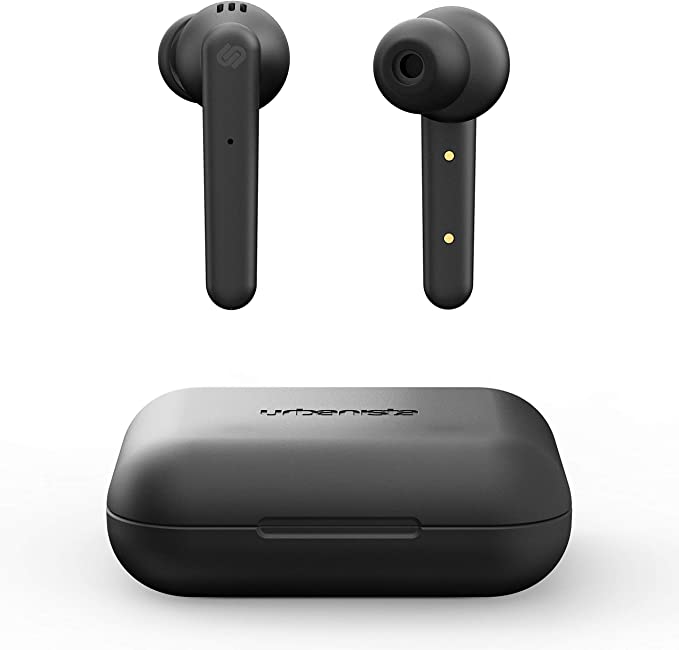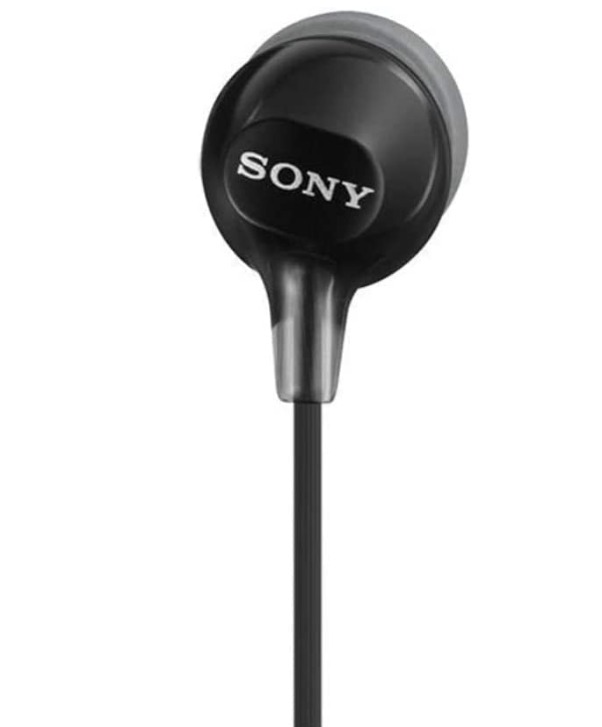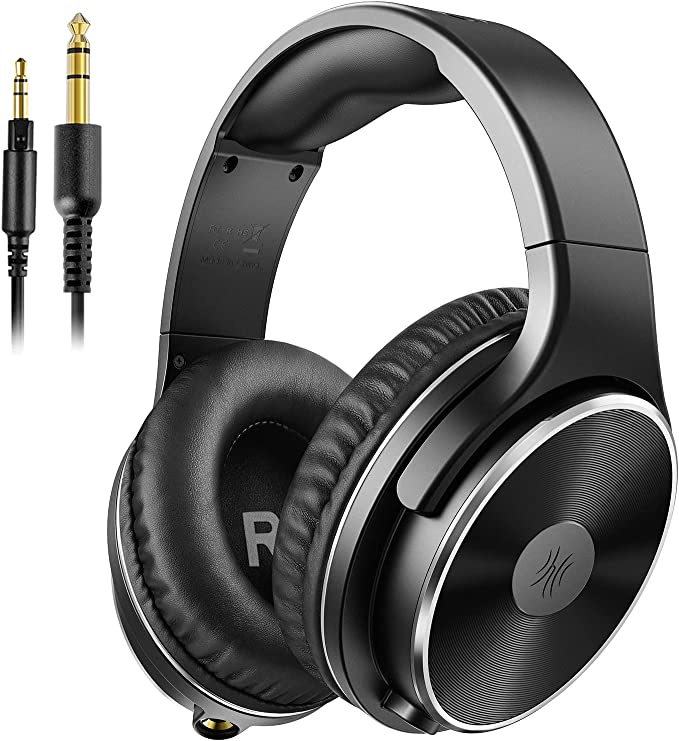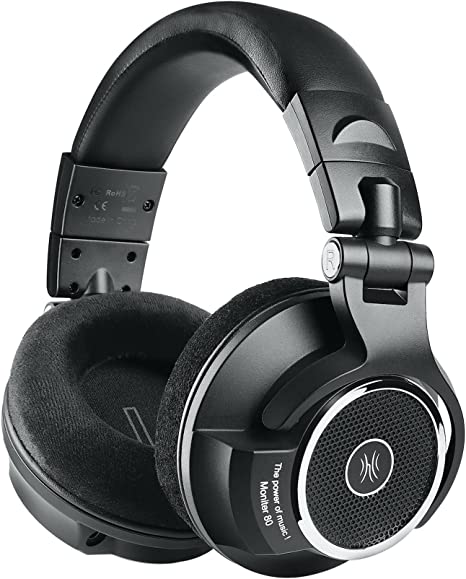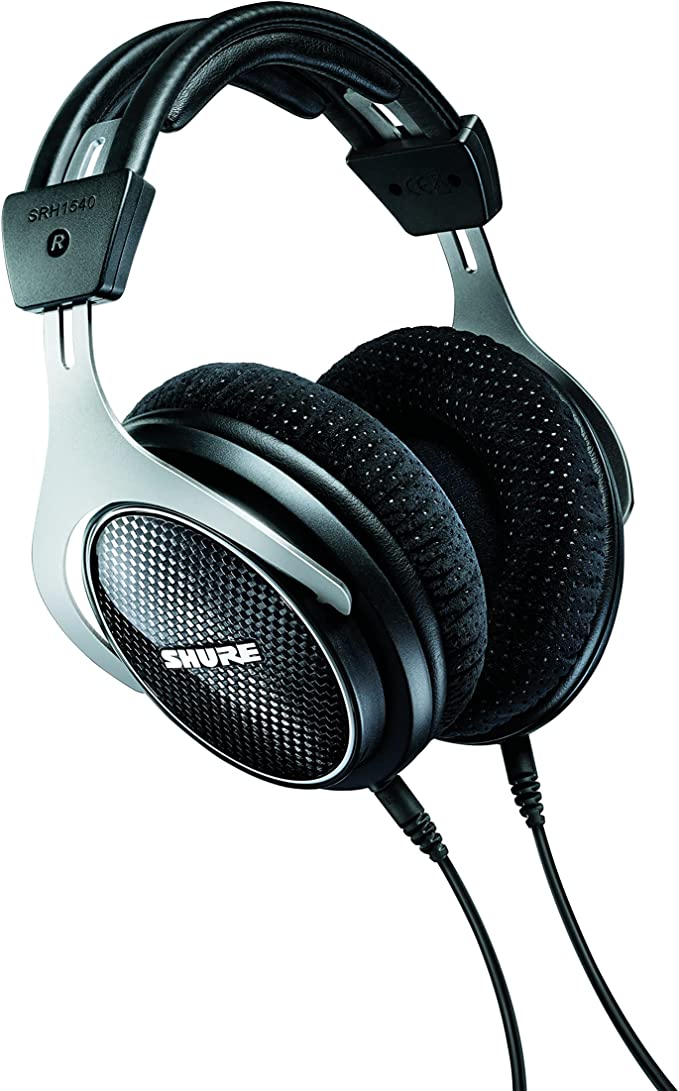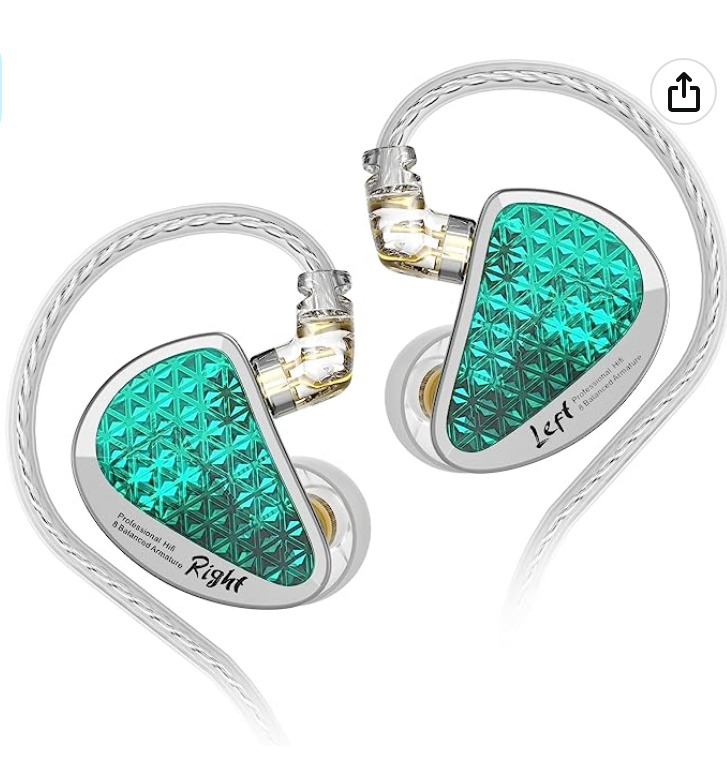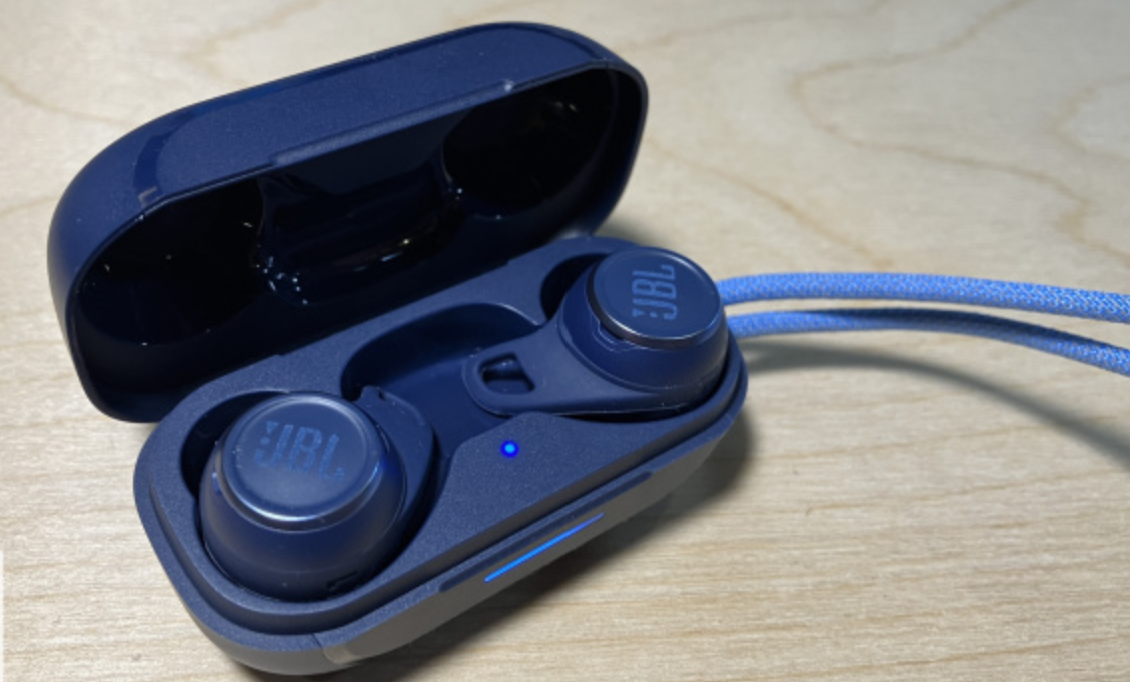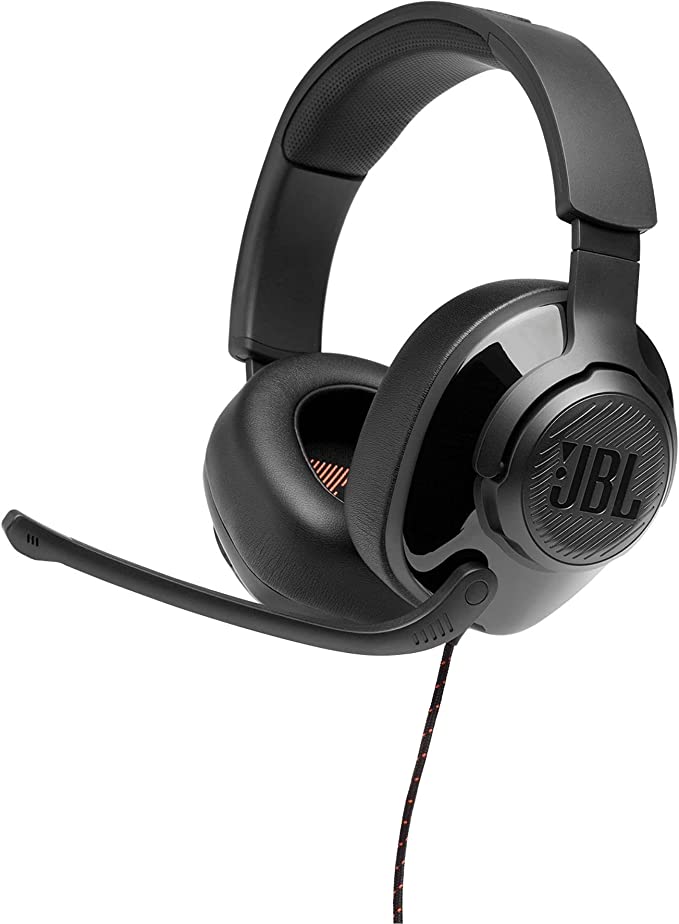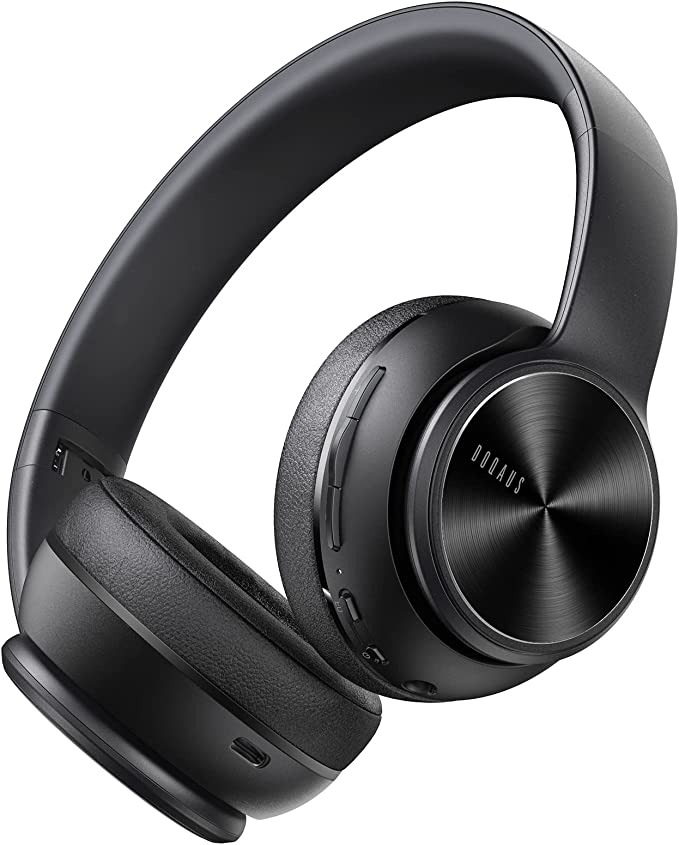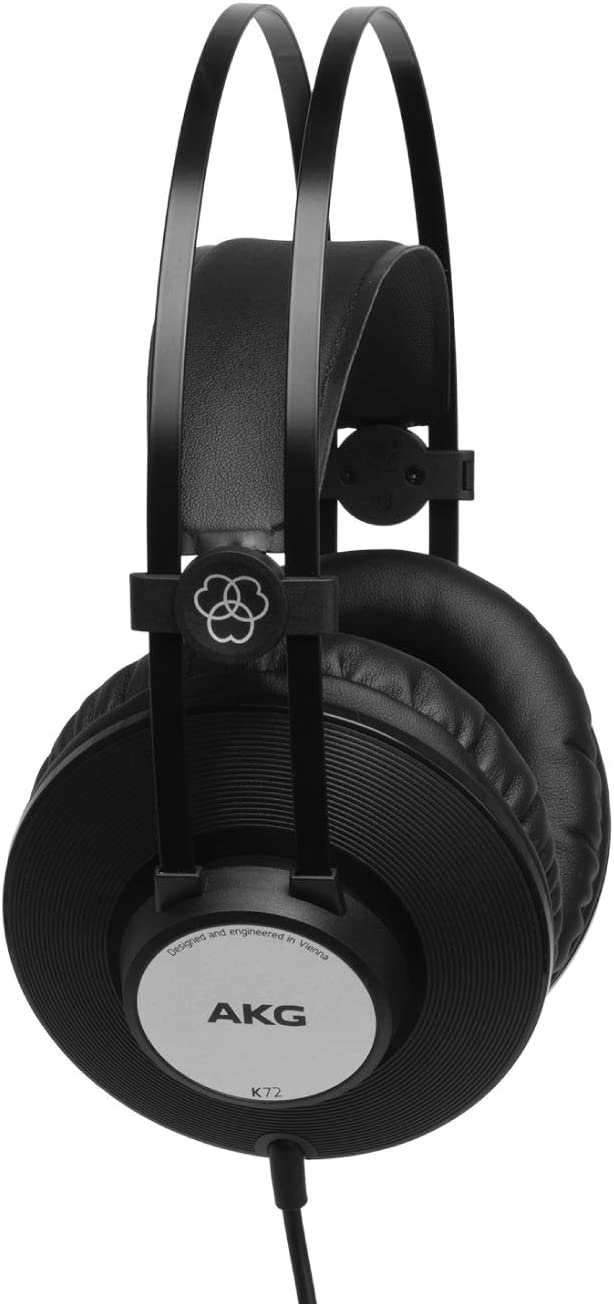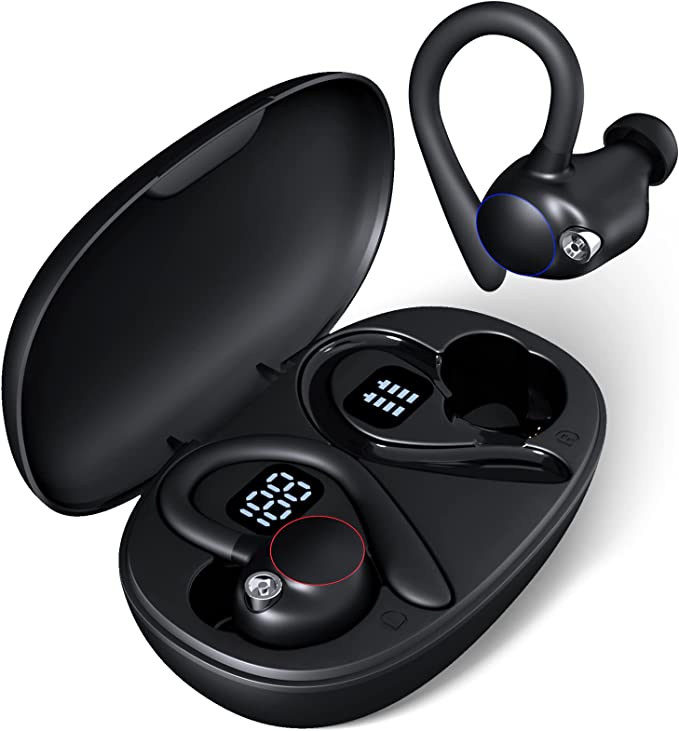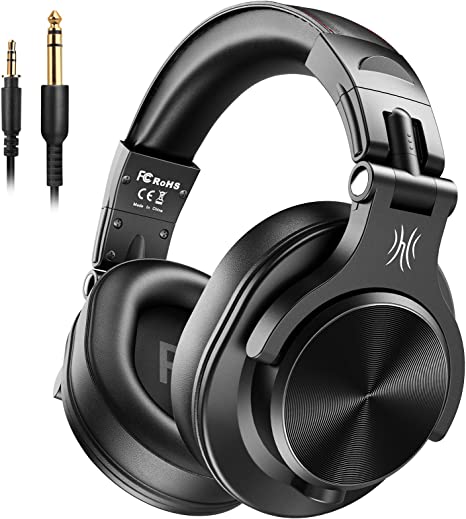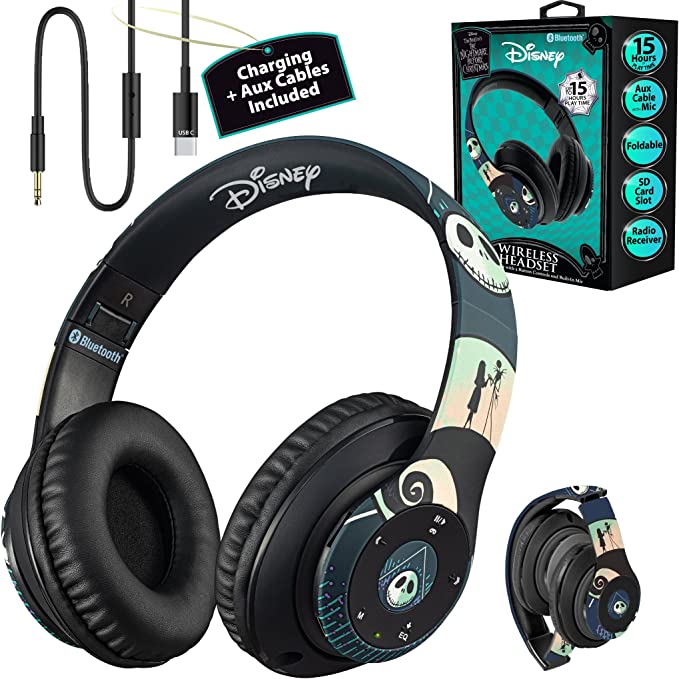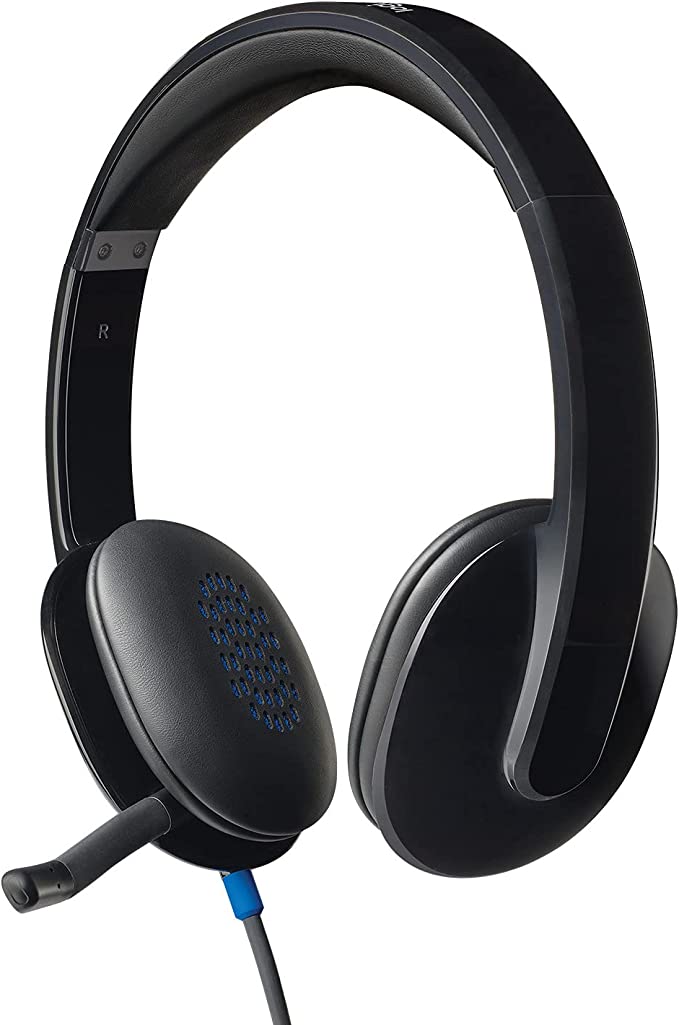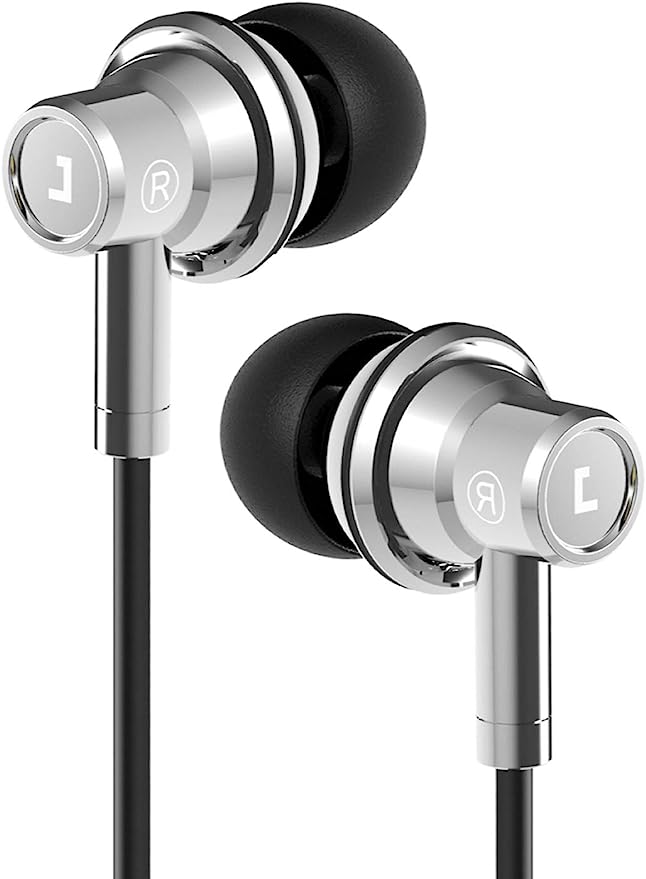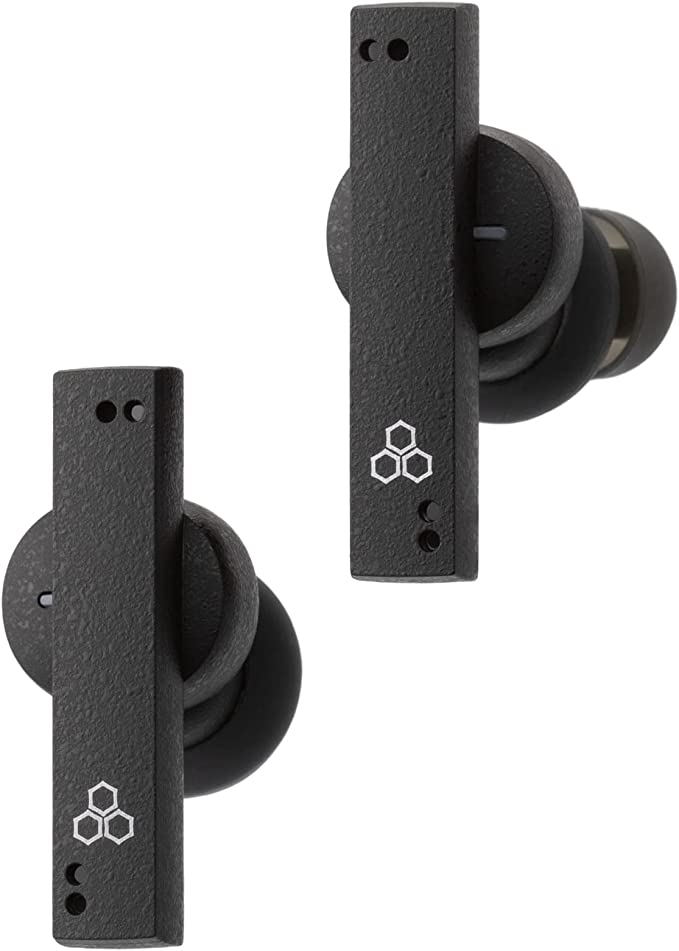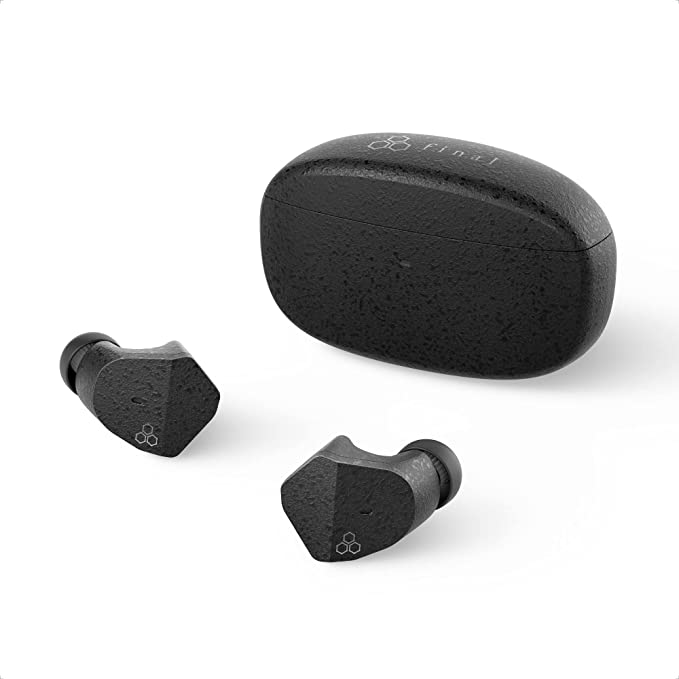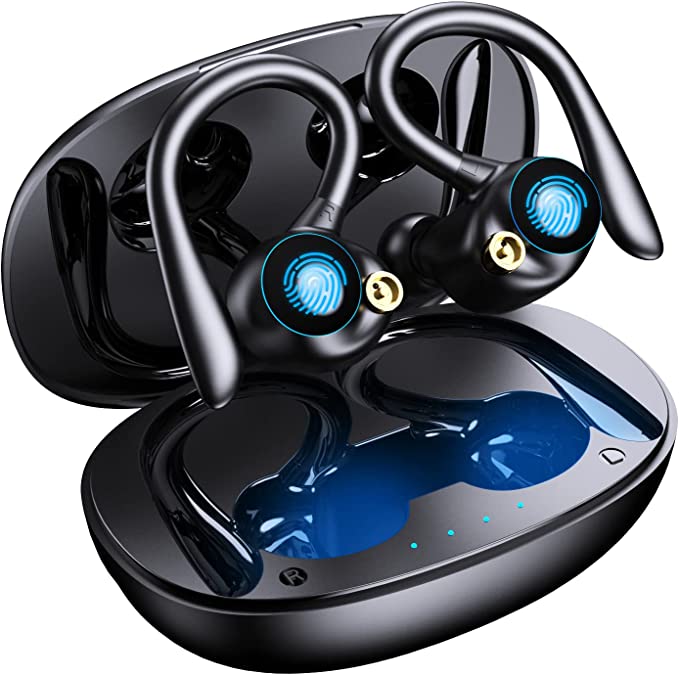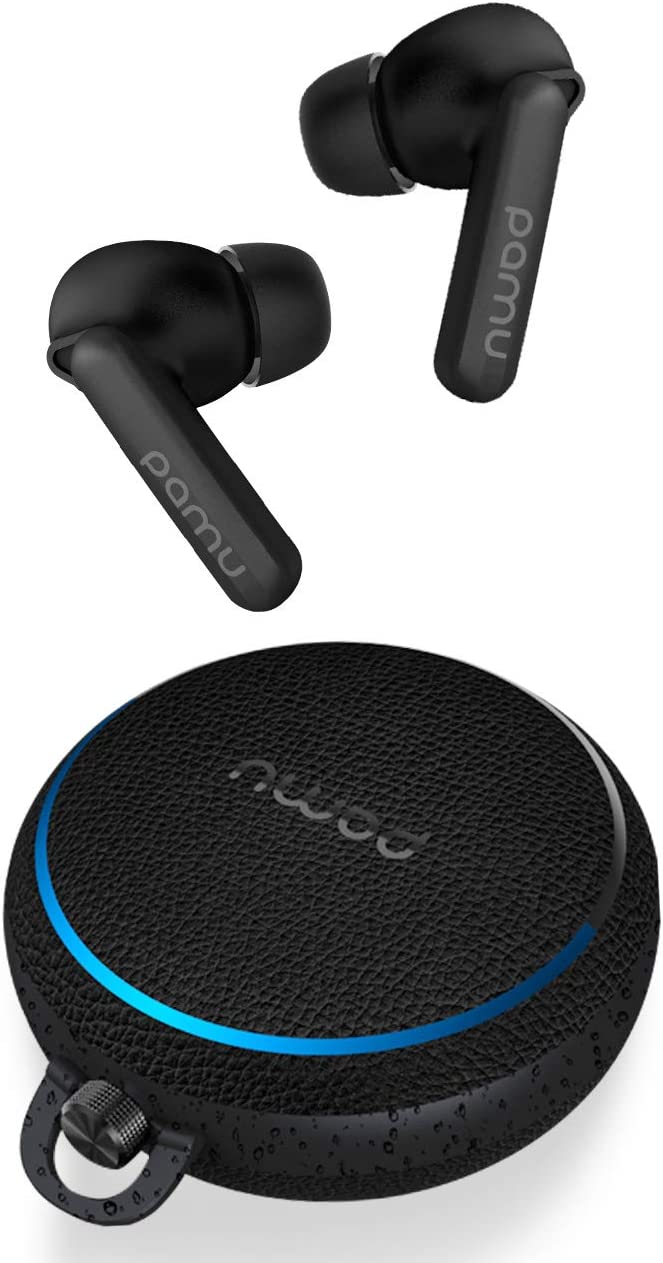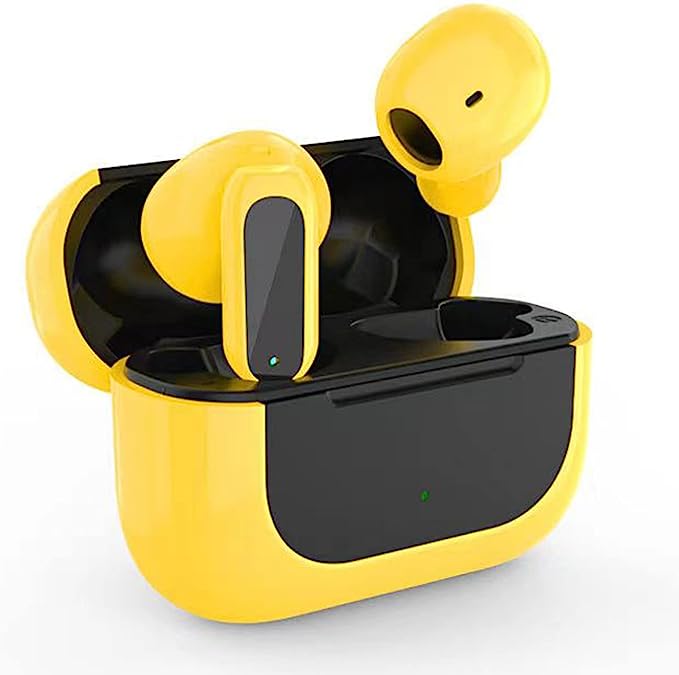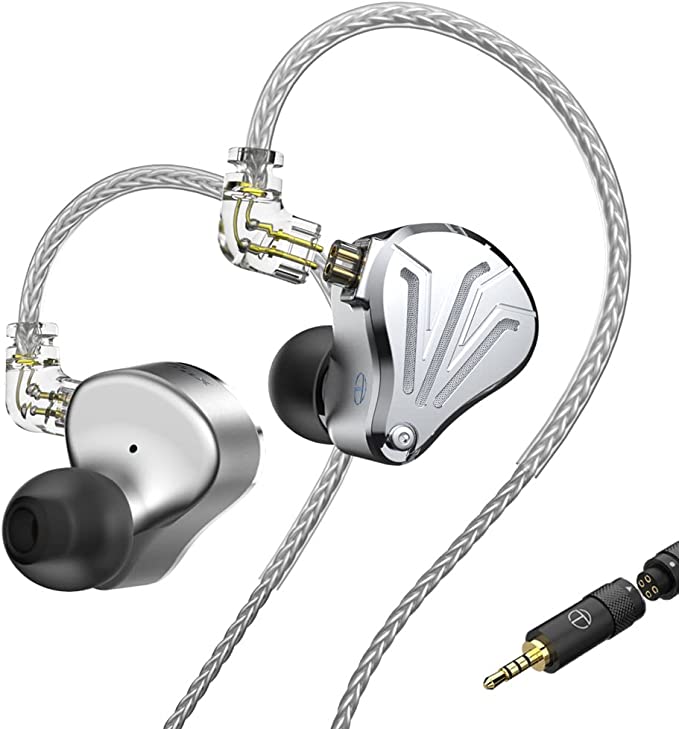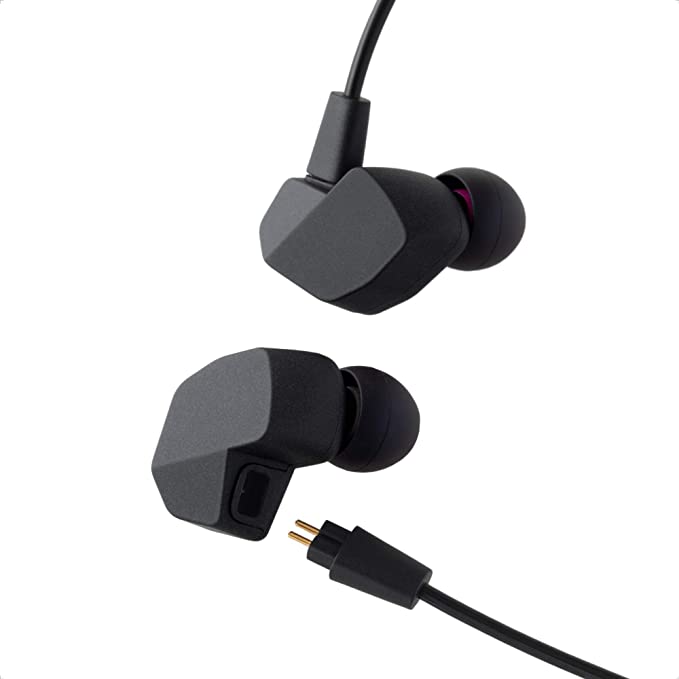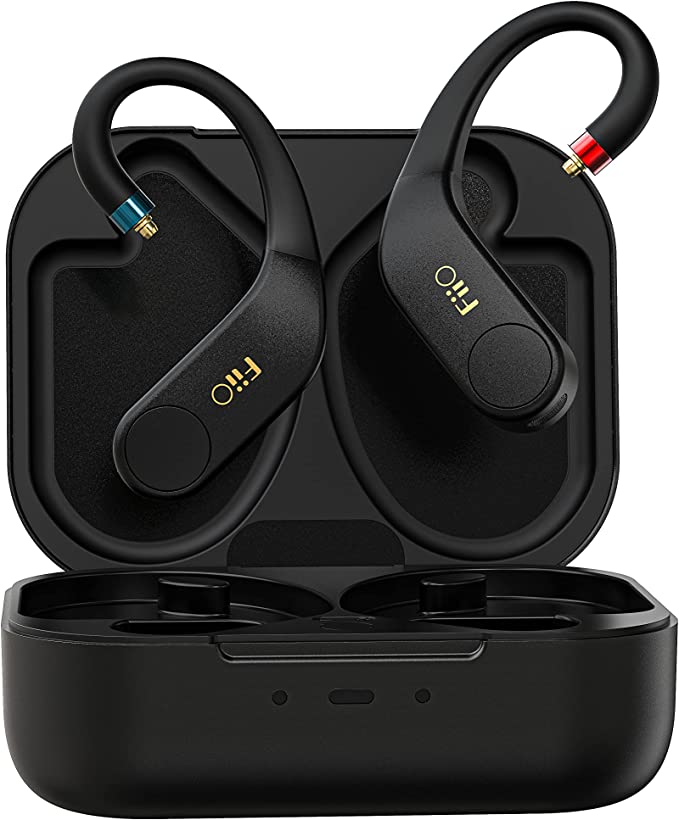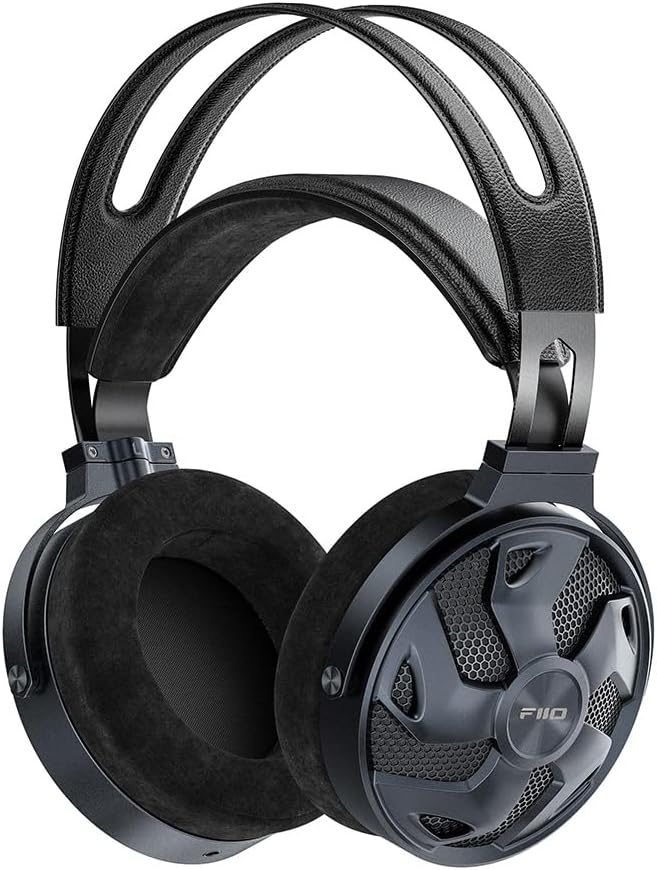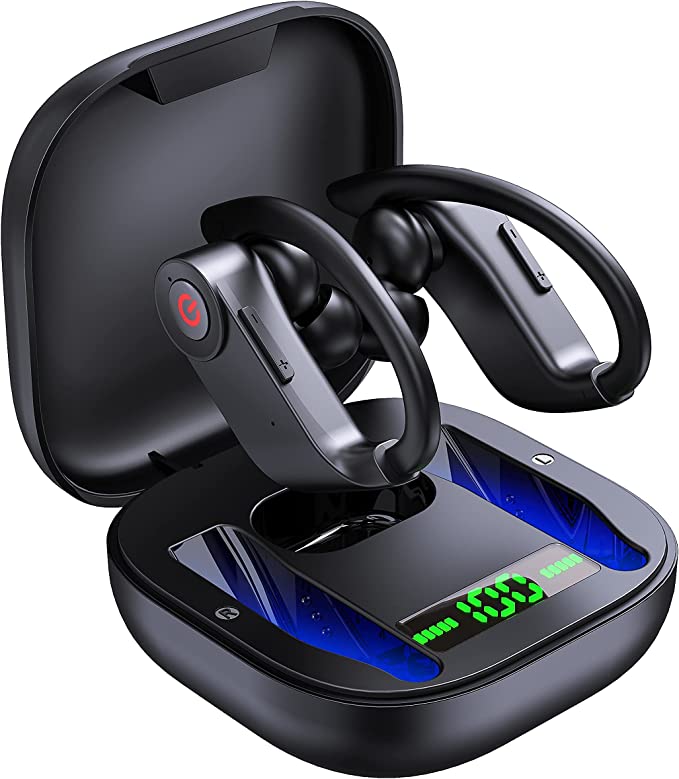Jabra Evolve2 40 MS Wired Headphones- The Perfect Headset for Remote Work
Update on June 20, 2025, 10:48 a.m.
In our increasingly connected and often cacophonous world, the quest for clarity in communication and a sanctuary for focus has never been more critical. Whether you’re navigating a bustling open-plan office, orchestrating a household symphony while working from home, or simply trying to carve out a moment of productive peace, your auditory environment plays a pivotal role. This is where technology, when thoughtfully designed, can be a powerful ally. Today, we’re going to peel back the layers of a device like the Jabra Evolve2 40 MS Wired Headphones, not just to see its features, but to understand the fascinating science and engineering that empower it to be more than just a headset – to be a conduit for clarity and a guardian of your concentration.

Crafting Your Cone of Silence: The Intricacies of Passive Noise Cancellation
One of the first challenges in any busy environment is unwanted noise. It’s the productivity gremlin, the focus thief. The Jabra Evolve2 40 employs what we call Passive Noise Cancellation (PNC) to combat this. Now, you might have heard of Active Noise Cancellation (ANC), which uses sophisticated electronics to create “anti-noise” waves that cancel out incoming sound. PNC, however, is all about clever physical design – think of it as soundproofing for your ears.
Two key elements are at play here. Firstly, the ear cushions are made from enhanced memory foam. This isn’t just for a soft touch. Memory foam, or viscoelastic polyurethane foam, has remarkable acoustic properties. Its open-cell structure acts like a microscopic labyrinth, trapping sound waves and converting their energy into a tiny amount
of heat, effectively dampening them. Jabra states this material choice is a significant contributor to the headset’s noise-blocking capabilities.
Secondly, there’s the new angled design of the earcups. This isn’t an arbitrary stylistic choice. The precise angle and shape of the earcups are engineered to create a superior seal around your ears. A better seal means fewer gaps for external sound waves to sneak through. It’s a fundamental principle of acoustics: a well-sealed enclosure is a more effective barrier against sound. Jabra claims this meticulous combination of memory foam padding and angled earcup design “cancels 48% more of the noise around you” compared to previous models. While that specific percentage is a manufacturer claim, the underlying physics of material absorption and acoustic sealing are well-established. In practice, this means more of the office chatter, the whir of the air conditioning, or the distant barking dog fades into the background, allowing your brain to dedicate more resources to the task at hand. This reduction in cognitive load from filtering out noise can significantly boost concentration and reduce fatigue over a long workday.

The Art and Science of Being Heard: Precision in Sound Capture and Delivery
Of course, a quiet environment is only half the battle; the quality of the audio you hear, and the clarity with which you are heard, are paramount. The Evolve2 40 features powerful 40mm speakers with what Jabra calls a “leak-tolerant” design.
Let’s talk about those 40mm drivers. The driver is the heart of a speaker, the component that vibrates to create sound waves. In general, a larger driver diaphragm has the potential to move more air. This typically allows for a better response at lower frequencies – meaning richer, more natural-sounding bass – and often contributes to a wider dynamic range, making both spoken voice in calls and the nuances in music more distinct and engaging. It’s not just about loudness, but about the fullness and fidelity of the sound.
The “leak-tolerant” aspect refers to the acoustic engineering of the earcups to ensure that the sound produced by these drivers is channeled efficiently to your ears, and equally importantly, that minimal sound escapes out into your surroundings or leaks in from them. This enhances your listening experience and adds a degree of privacy.
Now, let’s flip to the other side of the conversation: your voice. The Evolve2 40 incorporates an enhanced 3-microphone call technology. In a noisy setting, the challenge for any microphone is to distinguish your voice from all the other sounds. Using multiple microphones allows for some clever audio processing. While the exact proprietary algorithms are Jabra’s secret sauce, the general principle involves the microphones capturing sound from slightly different positions. The onboard digital chipset can then analyze these signals. For instance, techniques conceptually similar to differential microphone arrays can identify and reduce sounds that are common to all microphones (like consistent background hum), while beamforming principles can help “focus” the listening field towards the primary sound source – you. Jabra states this system filters “35% less background conversation noise on your calls.” The result? Your colleagues hear more of you, and less of what’s happening around you, leading to more professional and efficient communication.

Engineered for Oblivion: The Ergonomics of All-Day Wearability
A headset can boast the most advanced audio technology, but if it becomes uncomfortable after an hour, its value diminishes rapidly. Jabra emphasizes the “all-day comfort” of the Evolve2 40, and this starts with a design process they say utilized “biometric measurements from hundreds of heads.” This data-driven ergonomic approach aims to create a geometry that better conforms to a wide average of human head shapes and sizes. The goal is to distribute weight and pressure more evenly, reducing potential hot spots.
The soft memory foam cushions play a dual role here too. Beyond their acoustic properties, their ability to mold to the unique contours of your ears is crucial for comfort. This helps to spread the clamping force of the headset over a larger surface area, which is particularly important for an “On Ear” design like this, where the cushions sit directly on the ear cartilage (the pinna).
It’s worth noting that the “On Ear” form factor, while offering good sound isolation and some awareness of your immediate physical surroundings, can be a point of subjective comfort. Some users find them perfectly comfortable for entire workdays, while others, perhaps with more sensitive ears or who prefer the feel of “Over Ear” designs (which encircle the ear entirely), might experience pressure after very extended use. This individual variability is a common theme in headset ergonomics.
Even seemingly minor details like the headset cable contribute to the overall ergonomic experience. The Evolve2 40 uses a wired USB-A connection. Some user feedback for various headsets often touches on cable length – too short can restrict movement, too long can be cumbersome. The Evolve2 40’s cable exits from the right earcup, which some right-handed mouse users might find occasionally gets in the way of their mouse hand, while left-handed users might not notice it at all. These are subtle yet real factors that influence how seamlessly a device integrates into your personal workspace. The ideal is a headset so comfortable and unobtrusive that you almost forget you’re wearing it.

Subtle Signals, Significant Impact: Enhancing Workflow and Focus
Beyond the core audio and comfort, modern professional headsets often incorporate features designed to smooth out the workday. The Evolve2 40’s busylight is a prime example. Jabra claims its new design is “four times more visible” and can be seen from any direction. This isn’t just a fancy LED; it’s a powerful, non-verbal communication tool. The red light automatically activates when you’re on a call or in a meeting (or you can trigger it manually).
The psychology here is quite effective. A clear, universally understood visual signal of “I’m currently engaged” can significantly reduce those well-intentioned but ill-timed interruptions from colleagues or family members. Protecting this “flow state” – that period of deep, uninterrupted concentration – is invaluable for productivity and quality of work.
Furthermore, the Evolve2 40 is MS-Optimized, meaning it’s designed for a plug-and-play experience with Microsoft Teams, often including integrated call answer/end, mute, and volume controls directly from the headset. This tight integration with leading Unified Communications (UC) platforms via its reliable USB-A connection minimizes fuss and maximizes efficiency, allowing you to stay focused on the conversation, not the controls.
A Commitment Beyond the Call: Understanding Sustainability Credentials
In an era of increasing environmental awareness, the lifecycle impact of our technology matters. The Jabra Evolve2 40 is TCO Certified. This is an important, independent, global sustainability certification for IT products. TCO Certified criteria cover a comprehensive range of factors throughout the product’s life cycle, including socially responsible manufacturing, a reduction in hazardous substances, energy efficiency, product longevity, and the use of recycled materials, all aimed at fostering a more circular economy. Seeing this certification indicates that the product has been designed and manufactured with a conscious effort towards reducing its environmental footprint and promoting ethical production practices.
The Expert’s Perspective: Synthesizing Science, Design, and User Experience
The Jabra Evolve2 40 MS Wired Headphones, when you look beneath the surface, are a fascinating example of applied science in action. From the acoustic principles governing its passive noise cancellation and speaker performance to the ergonomic considerations shaping its comfort, and the subtle psychology behind its busylight, every element is, ideally, a considered choice.
Understanding the “why” behind these features—the physics of sound absorption in memory foam, the way multiple microphones can discern voice from noise, the data-driven approach to ergonomic shaping—empowers us as users. It allows us to move beyond marketing claims and appreciate the genuine engineering that goes into creating tools designed to make our increasingly digital work lives more productive, less stressful, and more comfortable. While individual experiences, especially with on-ear comfort, will always vary, the thoughtful integration of these scientific and design principles provides a strong foundation for a headset aiming to set a “new standard” for professionals in this demanding era of communication. It’s a testament to how well-understood scientific fundamentals can translate into tangible everyday benefits.
